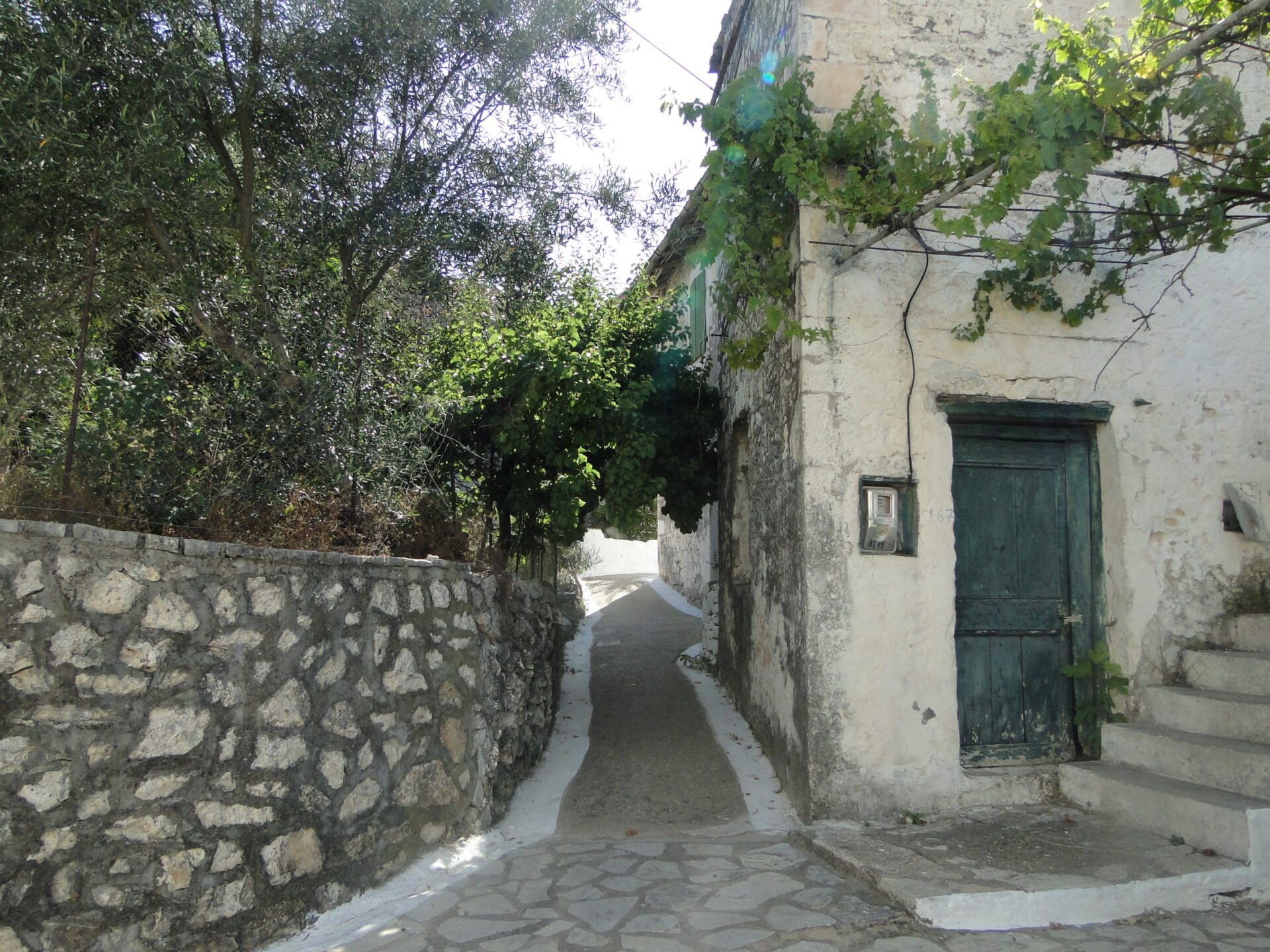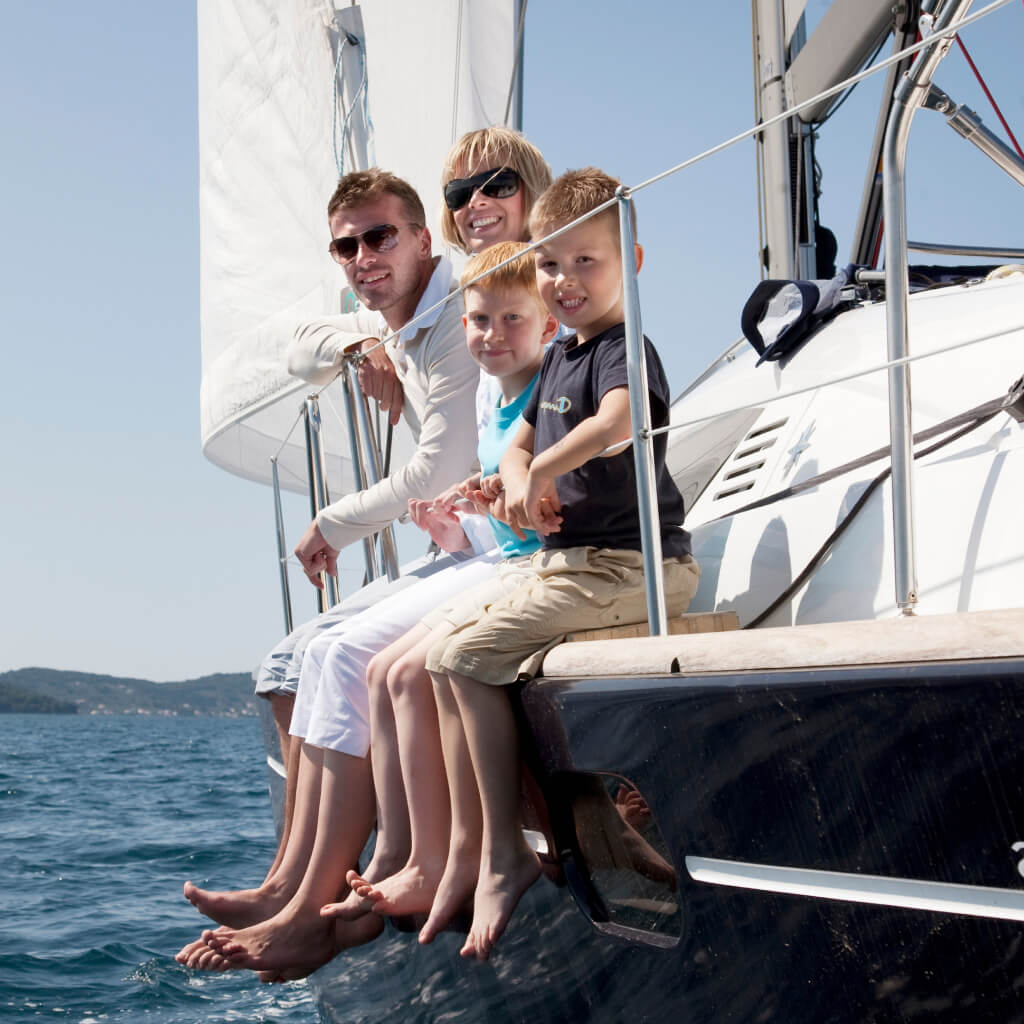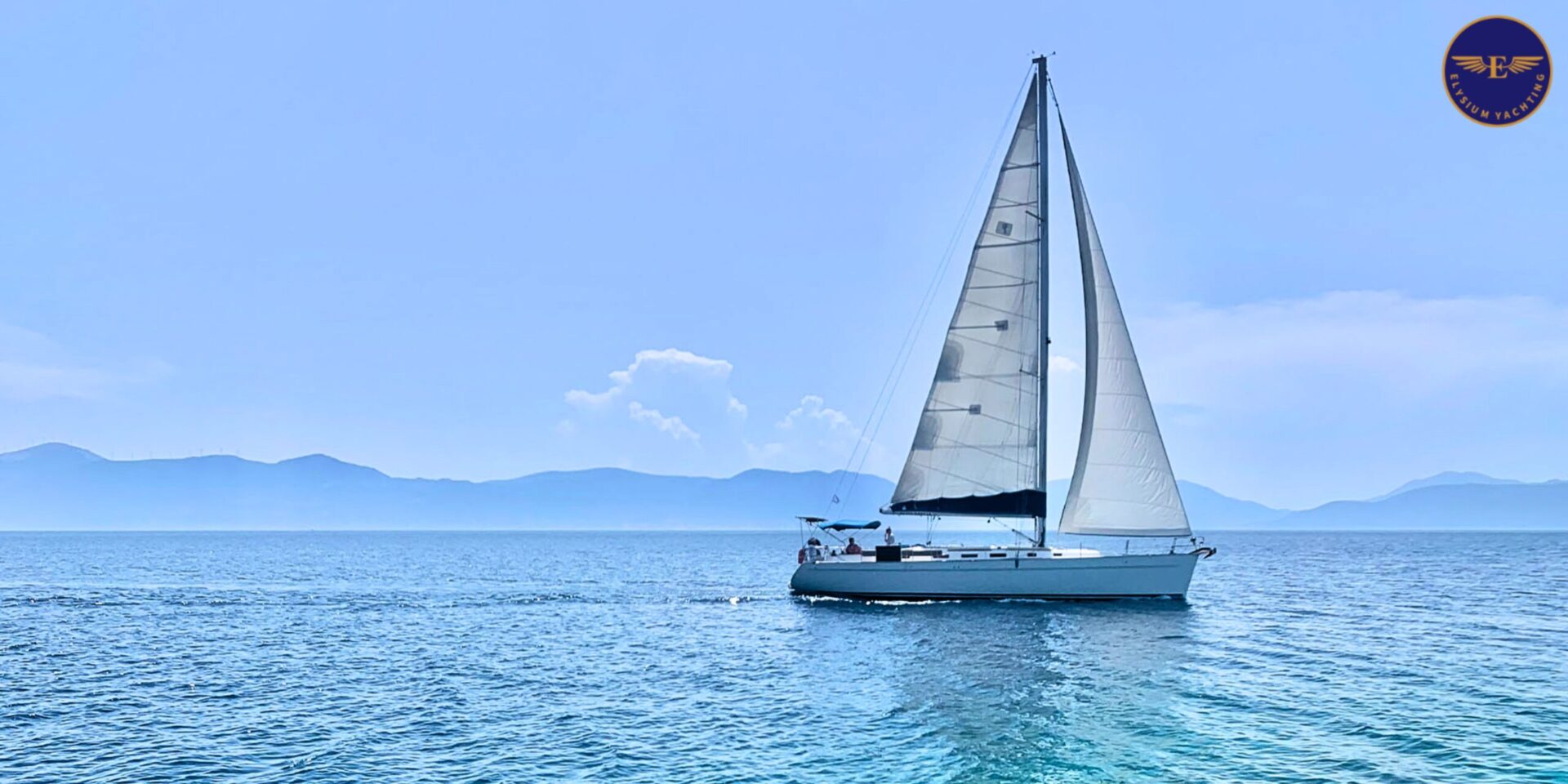Surviving Your First Ionian Thunderstorm: Ionian Sailor’s Anchoring Guide
While the Greek Ionian Islands are known for their relatively calm and predictable sailing conditions, they are not immune to the occasional thunderstorm, particularly during the shoulder seasons or hot summer afternoons. These can bring sudden, strong gusts of wind, heavy rain, shifting wind directions, and heavy swells, posing a challenge if you’re caught underway or poorly anchored. Knowing how to choose the right spot and employ the correct anchoring technique before a thunderstorm hits is crucial for ensuring the safety and security of your yacht and crew.
Ionian Anchoring Guide: Why Prepare for a Thunderstorm?
Thunderstorms, often localized and fast-moving, can generate winds far stronger than the ambient conditions, sometimes well over 30 knots in sudden gusts. The danger isn’t just the strength but also the unpredictable direction of these squalls. An anchor that holds perfectly in a steady wind might drag if the wind suddenly swings 90 or 180 degrees. Heavy rain can also reduce visibility and make it difficult to monitor your position.
Choosing the Right Location for Anchoring Before a Storm
Selecting your anchorage with a potential thunderstorm in mind requires a defensive strategy. Look for a location that offers:
Protection from All Directions: While the prevailing wind might be clear, a thunderstorm can bring wind from any direction. Seek a bay or cove that provides protection from a full 360 degrees if possible. High land surrounding the anchorage can offer significant shelter from gusts. Consider larger bays like Nidri bay, and assess the protection offered by the surrounding land as you move further into the bay. While popular and often well-sheltered, remember that locations like Nidri/Vlicho may be more exposed to certain directions, such as easterlies, compared to bays offering more complete all-around protection.
Excellent Holding Ground: Now, this is where you really pay attention. You want your hook to dig in and stay put, no matter what the wind does. The best stuff for holding is usually firm sand, good old mud, or sticky clay. What you absolutely want to steer clear of is rock – your anchor can get snagged there, or worse, it just won’t set properly. Thick weed is another one to watch out for; the anchor can just skip right over it and drag. Always check your charts and cruising guides for what’s on the bottom, and if the water’s clear enough, take a look yourself. Down here in the Ionian, you’ll find plenty of spots with that nice sandy or muddy bottom that gives you good holding. Places like Asprogiali over on Kalamos, Papa George’s Cove on Meganisi, Rodovani near Antipaxos, Filiatro on Ithaca, and Fraxia on Lefkada are all known for it. And yeah, Vlicho Bay is generally reliable too, plenty of mud to sink your anchor into there.
Ample Swinging Room: With potentially strong and shifting winds, your yacht will swing around its anchor. Ensure there is plenty of clear space around you, considering the length of chain you plan to put out, plus the length of your boat. Be well clear of other anchored boats, rocks, shallows, and the shore, especially a lee shore (a shore towards which the wind is blowing). In a busy bay like Nidri, finding sufficient swinging room, especially further into the bay, requires careful planning. Some smaller or more popular bays might require taking lines ashore, like at Papa George’s Cove or sometimes in parts of Cliff Bay on Atokos, to limit swing, but this technique also requires careful consideration of potential wind shifts.
Appropriate Depth: Choose a depth that allows you to deploy sufficient anchor chain or rode for the expected conditions. Aim for a depth that is not too deep (making anchor recovery difficult) and not too shallow (reducing swinging room and the effectiveness of the anchor). Locations like Cliff Bay (Atokos) are noted as being potentially deeper (10-15m), requiring sufficient chain. Other bays like Asprogiali (Kalamos) or Fraxia (Lefkada) offer good holding in more moderate depths (4-15m and 4-8m respectively).
Anchor Setting Technique: Drop the anchor in your chosen spot and pay out the chain steadily as you reverse at just a tad over idle speed. Once you’ve got the required length of chain out, give it some throttle, around 75% in reverse to really dig that anchor in and make sure it’s set. Watch a transit ashore or on your GPS to confirm that the boat is not dragging. You might feel the anchor dig in firmly. I have used this technique successfully in more exposed anchorages such the anchorage outside Kastos Marina, so I know for a fact that you can ride out a severe thunderstorm with a single bow anchor, provided the wind and swells are coming from a specific anticipated direction.
Some specific anchorages often cited for good holding and/or shelter to consider include:
- Asprogiali (Kalamos): Sandy bottom, good holding, sheltered from S and W winds, not good anchorage in N and E winds.
- Papa George’s Cove (Meganisi): Sandy bottom, well-fortified from N winds, potential currents with S winds, long line ashore recommended.
- Rodovani (Antipaxos): Sandy bottom, protected from most winds except W.
- Filiatro (Ithaca): Sandy/partly rocky bottom, good holding, protected from W, NW, S winds, open to E.
- Fraxia (Lefkada): Sandy bottom, very good holding, well-protected from most winds except E.
- Cliff Bay (Atokos): Sandy/rocky bottom, good holding reported but can be deep/weedy; protection depends on specific spot and wind direction.
- Peri Pigadi (Ithaca): Good holding and shelter reported.
- Ormos Exo Aetou (Ithaca): Anchor holds well, well protected, potential fall winds with NW.
- Petalas (Mainland): Anchor holds well, secure even with NW fall winds.
The Anchoring Technique for Anticipating Heavy Weather
Once you’ve chosen your safe haven, the anchoring technique needs to be robust:
Prepare Everything: Ensure your anchor is ready to run freely, the bitter end of the anchor rode is securely attached to the boat, and the chain/rode is not tangled.
Approach and Deploy: Approach your chosen spot slowly, heading into the wind or current. When you reach the desired position, get in neutral and begin lowering the anchor. Let out chain steadily as you shift into reverse and stay just above idle speed. Do not just drop the entire length of chain at once.
More Scope is Key: This is critical for heavy weather. Deploy significantly more anchor chain or rode than you would in calm conditions. A scope of 7:1 (seven times the depth of the water plus the height of your bow from the water) is a good starting point, and more might be needed in severe gusts. More scope creates a lower angle of pull on the anchor, helping it to stay dug in.
Ensure the Anchor is Set: Once you’ve deployed enough scope, cleat off the rode or snub the anchor chain to a bow cleat and gently reverse the engine to set the anchor firmly into the seabed. Watch a transit ashore or on your GPS to confirm that the boat is not dragging. You might feel the anchor dig in firmly.
Consider a Second Anchor: If very strong winds or significant wind shifts are expected, deploying a second anchor can provide crucial extra holding power and reduce swinging. You can deploy a second anchor off the bow at an angle to your primary anchor, or deploy a kedge anchor from the stern (though stern anchoring requires careful consideration of swinging room and potential wind shifts).
Prepare your vessel: Close all hatches, secure all loose items, drawers and cupboards, lash all sails and loose lines securely. Leave your motor started and running for quick maneuvers if necessary. Keep your VHF radio switched on and tuned to Channel 16.
Brief the Crew: Make sure everyone on board knows the plan and how to reset the anchor in case of dragging. Get everyone wearing a lifejacket, seated in the salon, and briefed on abandon ship procedures in a calm, professional manner. Although this is an extreme-case scenario, if your anchor gets dragged regardless, and your boat gets blown into the shallows, your crew should know what to do.
Monitoring the weather forecast and the sky is essential when sailing in the Ionian. Using weather radar sites can provide a clearer picture of storm front advance and wind conditions, giving you valuable extra time to reach a safe, well-protected anchorage early and set your anchor securely using these techniques. Remember that being securely tied up at a marina is usually a safer bet than anchoring, so if you’re close to a marina, prefer that to anchoring. Always have a safe haven Being prepared ensures peace of mind and safety for everyone on board.
We know the Ionians like the back our hands, join our Skippered Charters or Supported Flotilla tours to be safe with our local knowledge.





